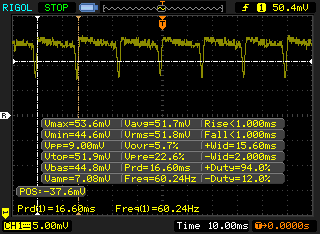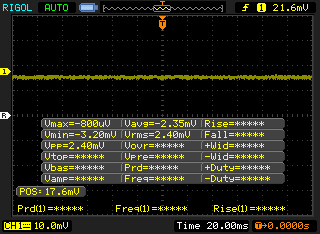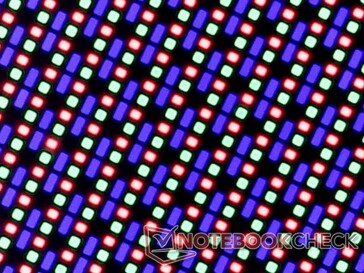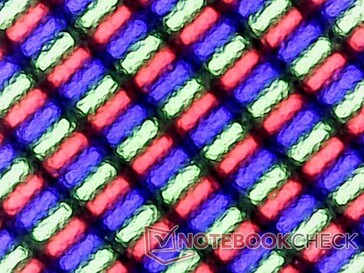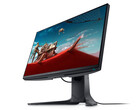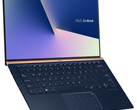OLED offers a host of advantages over IPS that we're all familiar with: higher contrast ratios, brighter displays, wider color gamut, and no uneven backlight bleeding. The differences can be night and day as exemplified by OEMs like Razer at CES 2019.
More gaming laptops are beginning to ship with OLED options this year all utilizing the same 4K UHD 15.6-inch panel from Samsung. These SKUs are often about $200 to $300 more expensive than the standard IPS SKUs to imply that OLED is objectively the better option. Based on our experience with OLED thus far, however, the answer is a little more complicated.
IPS technology has been advancing with new SKUs seemingly every six months. The MSI GS65, for example, introduced 7 ms 144 Hz IPS options which have since expanded to 3 ms or 240 Hz. It's not uncommon to see gaming laptops offer 4 or 5 different IPS options at varying resolutions, refresh rates, and response times as a result. In comparison, OLED is currently fixed at just one option only: 4K UHD at 60 Hz.
For movies and slower-paced games, OLED is the undisputed champion because its deep black levels can really shine under these circumstances. For faster-paced competitive games like Overwatch, CS:GO, or Rocket League, however, the higher 144 Hz or 240 Hz refresh rate of IPS panels are generally more desirable for their smoother scrolling and fluidity in motion. We're willing to bet that users who are already accustomed to 144 Hz or faster displays will notice the difference if "downgrading" back to 60 Hz.
Newer IPS panels in particular are also beginning to close the gap in black-white and gray-gray response times to further mitigate the advantages of OLED. LG recently unveiled a pair of monitors with 1 ms IPS panels that could potentially make their way to laptop form factors.
Another notable disadvantage of OLED that many reviewers fail to mention is its higher potential for pulse-width modulation. Even when set to maximum brightness, the OLED display of our Alienware m15 would flicker at a rate of 60.24 Hz which could affect users who may be sensitive to onscreen flickering.
Many of our observations are based only on the recent Alienware m15 as it is one of the first 15.6-inch laptops to ship with a 4K UHD OLED option. OLED panels are still niche at the moment and there's no reason why additional SKUs won't be developed in the future with faster refresh rates and more resolutions to address the issues above. Until then, users shouldn't feel like they're getting an inferior viewing experience with IPS just because OLED is the pricier and seemingly more lucrative option on paper.


 Deutsch
Deutsch English
English Español
Español Français
Français Italiano
Italiano Nederlands
Nederlands Polski
Polski Português
Português Русский
Русский Türkçe
Türkçe Svenska
Svenska Chinese
Chinese Magyar
Magyar
